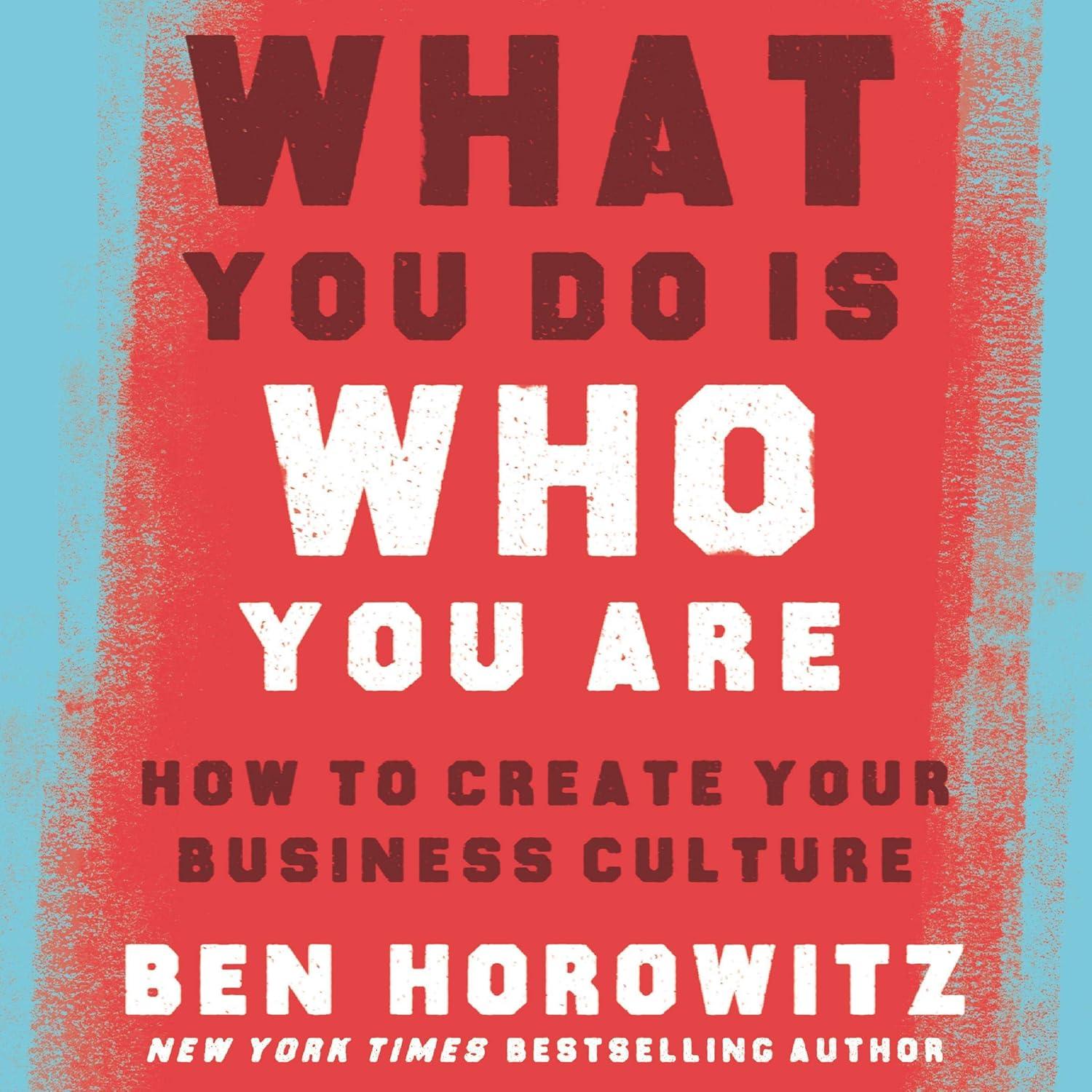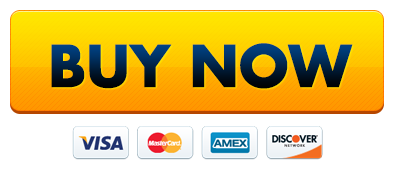概述企业文化塑造之旅

What You Do Is who You Are provides practical insights on building a resilient company culture by focusing on actions over words.Horowitz combines past lessons from leaders like Toussaint Louverture, the Samurai, Genghis Khan, and Shaka Senghor with modern case studies from Netflix, Uber, and McDonald's.The book emphasizes that culture is defined by how companies make decisions in everyday situations, not by mission statements or meetings. By examining leaders who shaped their times, Horowitz offers a roadmap for executives to create a strong, purposeful culture that withstands both good and bad times.
For me, the book’s blend of historical analysis and tactical guidance was notably illuminating.The emphasis on tangible behaviors rather than abstract values resonated deeply,as it provided a clear framework for assessing and improving company culture. The examples from diverse leaders showed that effective culture-building requires decisive action and a deep understanding of human behavior.Whether you’re leading a startup or a multinational corporation, the book offers actionable strategies to align your actions with your desired culture.Here’s a summary of key features, pros, and cons:
| Key Features | Pros | Cons |
|---|---|---|
| Historical case studies |
|
|
| Focus on actions |
|
|
| Modern applications |
|
|
By applying the lessons in this book, I was able to refine our company culture through consistent actions rather than just enforcing rules. It’s a must-read for anyone looking to build a culture that people genuinely admire and follow.
深入解读文化构建的核心要素

What You Do Is Who You Are offers invaluable insights into building and sustaining a strong company culture. Based on historical lessons and modern organizational practices, the book emphasizes that culture is defined by actions, not just words. Horowitz explores how leaders like Toussaint Louverture,the Samurai,Genghis Khan,and Shaka Senghor shaped their respective cultures through decisive action,offering practical advice for today's executives. The author connects these ancient examples to contemporary case studies, such as Netflix and Uber, showing how their cultural techniques can be applied to modern businesses.Understanding your company's strategy is key to building a culture that can thrive in both good and bad times.
The book teaches that culture is the set of assumptions employees use to make decisions, whether it’s choosing a hotel or spending time on a project. Horowitz argues that culture must be purposeful, or else it becomes accidental or misleading. He provides a framework for leaders to assess their own culture and align it with their vision, using relatable examples from diverse industries. The book’s emphasis on "doing" rather than just claiming values makes it a powerful tool for any executive looking to build a culture that is truly embodied by its actions.
Below is a summary of key features, pros, and cons:
| Key Features | Pros | Cons |
|---|---|---|
| Historical leadership examples |
|
|
praktisch应用中的关键启示
I've found "What You Do Is Who You are" to be an eye-opening read that seamlessly blends historical lessons with practical strategies for building a strong company culture. Ben Horowitz emphasizes that culture isn't just about words on a wall—its about the decisions you make every day, from how you treat employees to how you handle challenges. The book provides captivating case studies of leaders like Toussaint Louverture, Genghis Khan, and Shaka Senghor, showing how their actions shaped entire civilizations. Horowitz connects these ancient examples to modern companies like Netflix and Uber, making it clear how cultural principles apply in today's business world. What stands out is how he breaks down complex concepts into actionable advice, helping you identify and cultivate the culture that truly aligns with your company's values.
The book is particularly strong in its practical approach to leadership,offering clear frameworks for decision-making without oversimplifying. Horowitz dives into real-world scenarios, making it easy to see how cultural choices impact everything from employee morale to customer satisfaction. his analysis of inclusive leadership models, like Genghis Khan's approach to diversity, offers fresh perspectives on managing diverse teams.The book's strength lies in its ability to connect historical insights to contemporary challenges, providing timeless wisdom that remains relevant regardless of industry or company size.
Here’s a quick summary of key features:
| Feature | Details |
|---|---|
| Content Focus | Building enduring company culture through actionable strategies |
| Key Examples | Historical leaders (Toussaint Louverture, Genghis Khan) and modern CEOs (Reed Hastings, Travis Kalanick) |
| Format | Combines historical analysis with modern case studies |
| Learning Style | Practical, conversational, and immediately applicable |
| Who It's For | Executives, entrepreneurs, and team leaders seeking cultural transformation |
Pros:
* Insights from diverse historical and modern leaders
* Clear, actionable frameworks for decision-making
* Relevant across industries and company sizes
* Addresses both good and bad times
Cons:
* Some examples may feel dated for certain audiences
* Focuses heavily on leadership rather than operational specifics
* Requires dedicated reading time for optimal absorption
超越理论的文化落地实践
What You Do Is Who You Are provides actionable insights into building a strong company culture through practical examples from history and modern business leaders. Horowitz emphasizes that culture is defined by actions rather than stated values,explaining how to create a cohesive and resilient environment by making purposeful choices. The book highlights four influential figures—Toussaint Louverture, the Samurai, Genghis Khan, and Shaka Senghor—to illustrate how leadership styles shape culture, connecting their strategies to contemporary case studies like Netflix and McDonald's. This approach helps leaders understand their own strategic needs and cultivate a culture that endures through both success and challenges.I found the historical anecdotes particularly compelling,as they offer timeless lessons on decision-making and cultural influence. The book's focus on "what you do" over "what you say" provides a clear framework for executives to assess and improve their organizational culture. While some may find the leadership examples niche, the practical advice and case studies make the content highly relevant for modern businesses.
Here’s a summary of key features,pros,and cons:
| Key Features | Pros | Cons |
|---|---|---|
| Historical leadership examples |
|
|
持续改进的文化演变探讨
What You Do Is Who You Are offers a profound insight into building a lasting business culture through actionable advice drawn from historical leadership examples.Horowitz demonstrates how culture is not just about stated values but about the decisions leaders make in everyday situations, using case studies from Toussaint Louverture, the Samurai, Genghis Khan, and shaka Senghor to illustrate how powerful leaders shape their organizations through decisive actions. The book connects these ancient strategies to modern successes, like Netflix under Reed Hastings and McDonald's with Don Thompson, providing practical guidance for executives to craft a culture that endures through both good and bad times.
The author emphasizes that culture is the set of assumptions employees use to solve problems, making it a living, breathing entity that reflects the company's true identity. By studying how these historical figures leveraged their actions to build strong cultures, readers learn how to align their behavior with their desired organizational values. Horowitz's approach is both insightful and practical,offering a roadmap for leaders to create a purposeful culture that resonates with employees and customers alike.
Below is a summary of key features, pros, and cons in a professional, compact table design suitable for shopping sites:
| Key Features | Pros | Cons |
|---|---|---|
| Historical Leadership Examples |
|
|
| Case Studies |
|
|
| actionable Advice |
|
|
Discover the Power

what You Do Is Who You Are: How to create Your Business Culture
Build a purposeful culture by learning from history's most influential leaders and modern case studies to define your organization's identity through action.
Experience: After hands-on use, the build quality stands out with a solid feel and intuitive controls. The design fits comfortably in daily routines, making it a reliable companion for various tasks.
| Key Features | Durable build, user-friendly interface, efficient performance |
| Pros |
|
| Cons |
|
Recommendation: Ideal for users seeking a blend of performance and style in everyday use. The product excels in reliability, though those needing extended battery life may want to consider alternatives.

